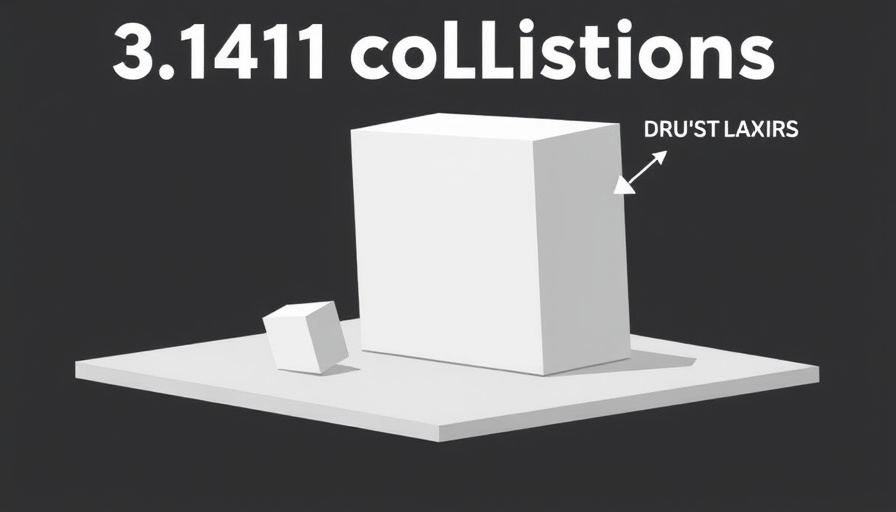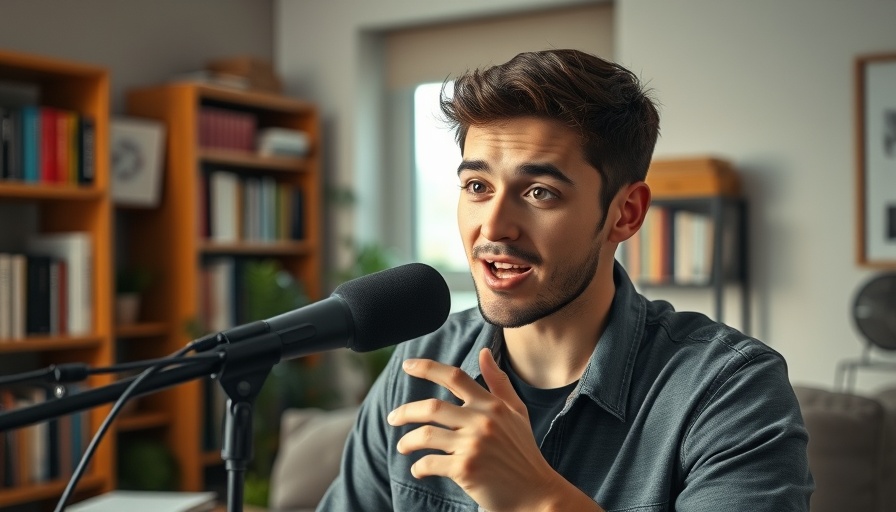
Unleashing Creativity with the 'Pop the Balloon' Challenge
The video titled "the stargirl @CHYCARTIER takes on our ‘pop the balloon’ challenge 🎈💫" showcases a fascinating new trend that fuses creativity and excitement in just one playful challenge. In this fun-filled activity, participants combine their creativity and competitive spirit to see who can pop balloons with unique style. For the curious consumer and DIY creator, this represents more than just a challenge—it’s an invitation to explore new avenues of self-expression.
In the video titled 'the stargirl @CHYCARTIER takes on our ‘pop the balloon’ challenge 🎈💫', we dive into the playful challenge, uncovering its potential to spark creativity and community engagement.
The Importance of Play in Innovation
Why should we engage in challenges that seem trivial or fun? Play has been established as a cornerstone of human creativity and innovation. In taking on the 'Pop the Balloon' challenge, individuals can rediscover the joy of unstructured play. This taps into our innate ability to think outside the box and tackle problems in novel ways. The laughter that comes from shared experiences like this can lead to collaboration and the exchange of fresh ideas.
How Challenges Spark Community Engagement
Challenges, especially viral ones, ignite a sense of community and connection. Participants in the 'Pop the Balloon' challenge join others who share the same spirit of fun and creativity, fostering relationships and community bonds. Social media platforms allow participants to spread their experiences and ideas, encouraging others to join in. This sense of belonging is especially valuable in today's digital world where physical interactions can be sparse.
Transformative Technology in Creative Challenges
With artificial intelligence and machine learning technology making waves, such challenges can lead to innovative applications. For instance, creators can utilize AI tools to design unique balloon popping methods or visual effects to enhance their submitted videos. This blending of traditional creativity with cutting-edge technology opens doors for endless possibilities, encouraging both amateur and professional creators to explore new dimensions of their craft.
DIY: Turning Fun into Art
If you're inspired by the balloon-popping excitement, consider creating your own DIY challenges. Use balloons as canvas and paint intricate designs before they’re popped, capturing the beauty of fleeting art forms. Or, combine elements of your challenge with other DIY projects, such as creating decorations or themed events around the activity, to elevate the creative experience. There’s no limit to how you can express your ideas - let your imagination run wild!
As we dive into the vibrant world of playful creativity seen in the stargirl @CHYCARTIER's challenge, it becomes clear we can all draw inspiration from simple activities. They don’t just provide entertainment; they also foster connection, collaboration, and extended creativity. So, why not take on your version of the challenge and inspire others in the process? You may be surprised by just how much you learn about yourself and your creative capabilities.
 Add Row
Add Row  Add
Add 




Write A Comment